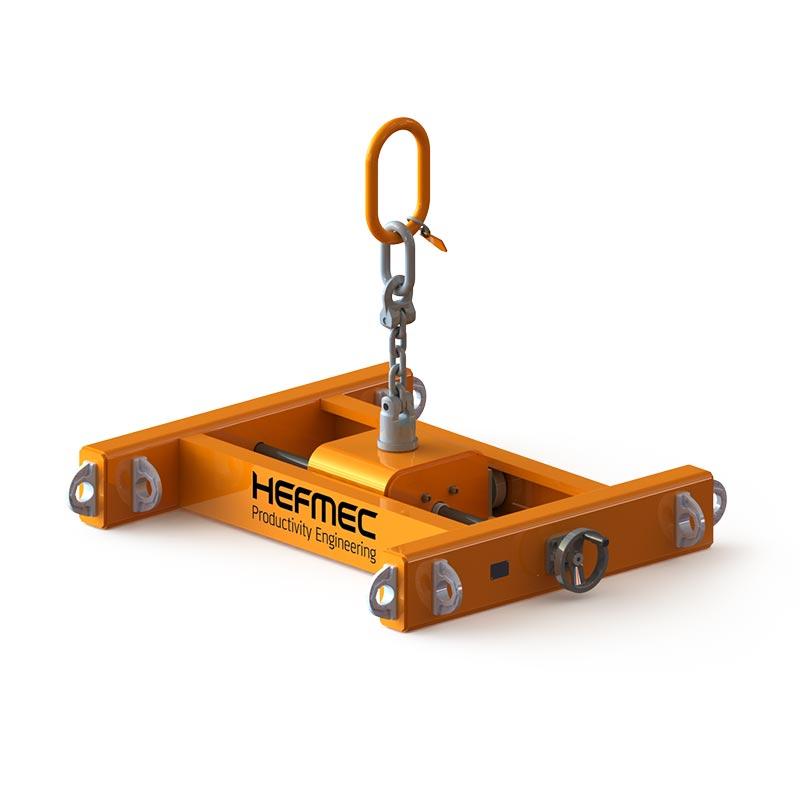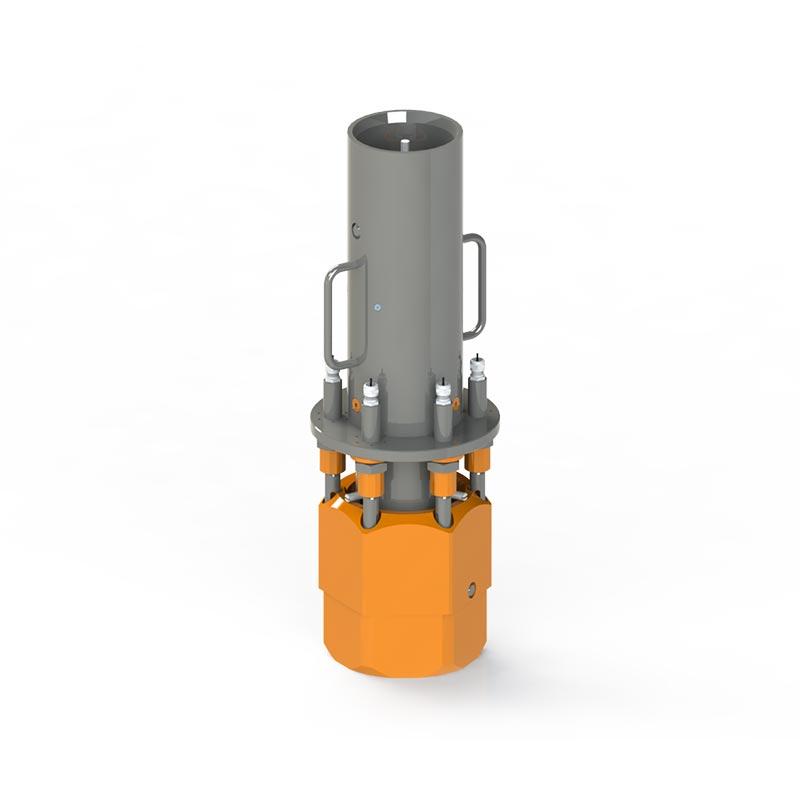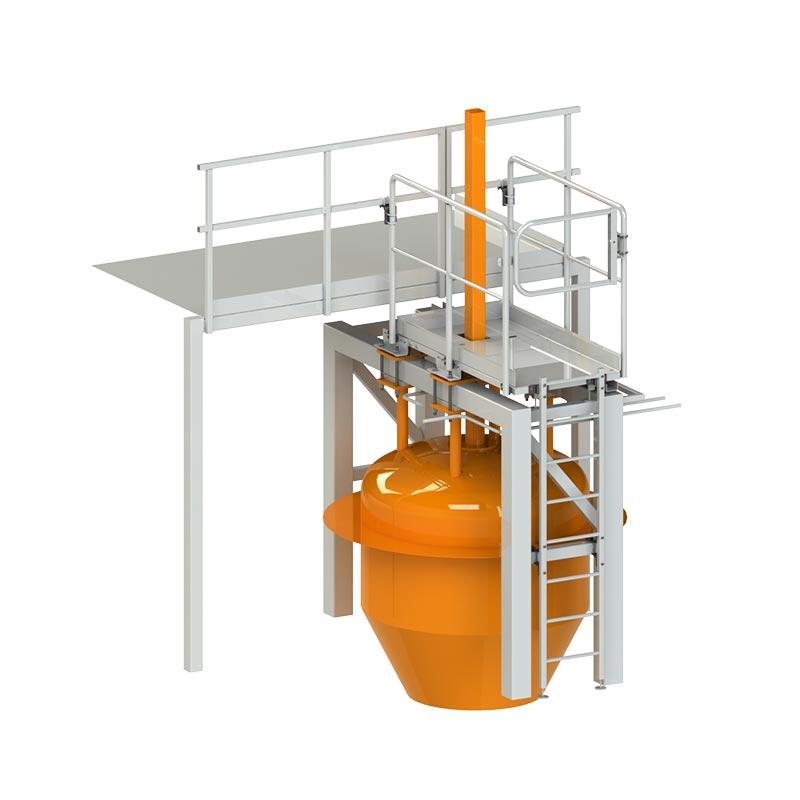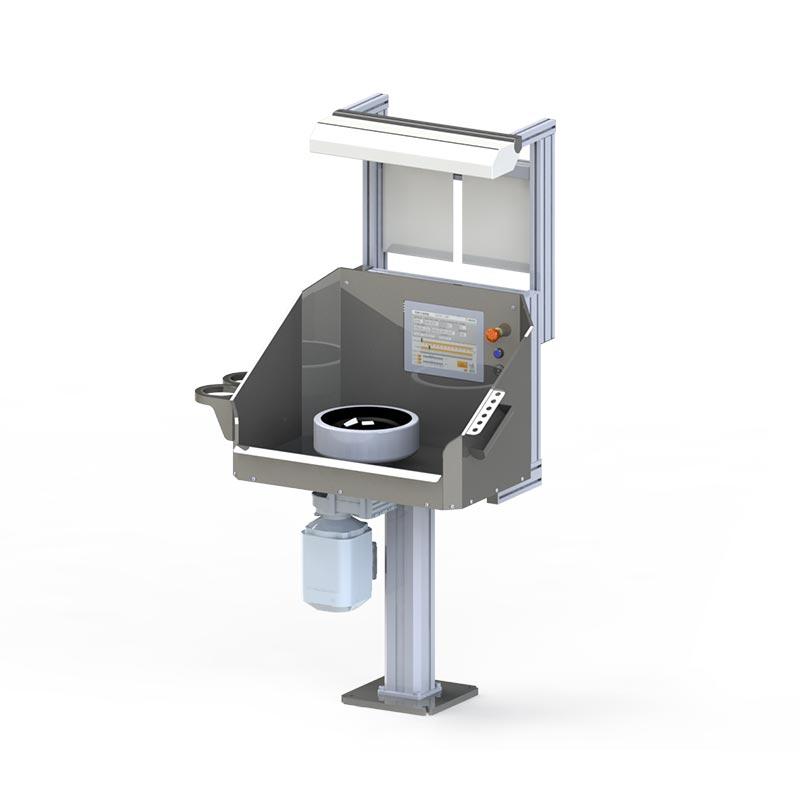Yes, strength calculation can significantly reduce material costs in industrial projects. With accurate calculations, material use can be optimised so that structures are still safe and durable, but no excess material is used. This leads to direct savings in raw material costs, lighter structures and often better functionality. Professionally performed strength calculations allow accurate sizing of materials to actual loads, which can lead to material cost savings of up to 10-30%, depending on the type of project.
What is strength calculation and how does it affect the use of materials?
Strength calculation is an engineering method used to determine the ability of materials and structures to withstand the forces and loads applied to them. It can be used to model and analyse the behaviour of products, machines and structures under different conditions and loads without the need for expensive and time-consuming physical prototypes.
In modern industrial design, strength calculations are a key tool for the optimal use of materials. Traditionally, structures are often over-designed for safety, leading to excess material usage and higher costs. Accurate calculations can help determine how much material is actually needed for a structure to meet its requirements.
Hefmec’s strength calculation services are based on advanced Finite Element Method ( FEM) analysis to simulate different loading conditions and identify critical points in structures. We use both linear and non-linear calculations depending on the requirements of the situation. This comprehensive approach ensures that we can find optimal solutions to different design challenges.
Strength calculation is particularly important in product development and production, as it:
- Identify critical areas in structures at an early stage of design
- Minimise the use of excess material
- Improves product reliability and durability
- Speed up the design process by reducing the need for multiple prototypes
How can strength calculation concretely reduce material costs?
Strength calculation reduces material costs in several concrete ways. Firstly, material optimisation through strength calculation allows structures to be designed to exactly match their actual loads. This reduces the use of excess material, which is directly reflected in raw material costs.
Hefmec experts take a systematic approach to materials optimisation. First, we analyse the current performance of the structure and identify areas where material is being used unnecessarily. We then develop optimised solutions that reduce material use without compromising reliability or safety.
As practical tools, we use advanced simulation methods such as:
- Topological optimisation – removing material where it is not needed
- Load path analysis – identify how forces are distributed in a structure
- Comparing materials – find the most cost-effective material options
- Structural analysis – examines the impact of different structural solutions on costs
A particularly effective tool is the fast and efficient FEM analysis method developed by Hefmec, which we use to ensure the safety and durability of structures right from the design stage. This speeds up the design process and allows us to carry out more rounds of optimisation within the time constraints.
The optimisation of materials is also reflected in the life cycle of the product. Lighter structures require less energy for transport and use, which results in additional savings in the long term.
Which projects will benefit most from strength calculations in terms of cost savings?
The most significant cost savings are achieved in projects where material costs are a large part of the total cost or where production volumes are high. Each kilogram of material saved is multiplied in large batches and can lead to significant overall savings.
Especially in the following projects, the strength calculation has proven to be valuable in terms of cost savings:
- Design of heavy industrial machinery and equipment
- Lifting and load handling equipment
- Production lines containing metal structures
- Transport equipment where weight reduction improves energy efficiency
- Industrial robotics and automation solutions
- Special machinery and equipment for demanding environments
In projects carried out by Hefmec, we have seen how strength calculations can help to achieve significant material savings. Particularly in demanding mechanical engineering projects, where massive structures have traditionally been used for safety reasons, we have been able to use accurate analysis to identify and remove excess materials while maintaining the durability of the structure.
In industrial maintenance projects, strength calculations also help to map the actual condition and remaining service life of structures, allowing more accurate maintenance and repair planning. This often leads to a situation where expensive components can be used for longer or only partially replaced, resulting in significant savings.
What are the long-term benefits of strength-based material optimisation?
The long-term benefits of strength-based material optimisation go far beyond immediate cost savings. The key benefit is cost-effectiveness throughout the product life cycle, not just at the manufacturing stage.
In the long term, optimised use of materials will bring the following benefits:
- Lower environmental impact thanks to reduced use of raw materials and lighter structures
- Energy savings in transport and use as products are lighter
- Improved competitiveness in the market thanks to lower production costs
- Improved product durability when structures are optimised for their actual operating conditions
- Reduced material wastage in production and lower storage costs
Hefmec’s solutions are designed to improve our customers’ productivity for the future. We create solutions that not only meet today’s needs, but also take into account future requirements and possible changes in the business environment.
It is particularly important to note that a properly performed strength calculation supports the reliability of products. When structures are correctly dimensioned, their durability is improved and the need for maintenance is reduced. This is directly reflected in reliability and reduced life cycle costs.
The risks of rising raw material prices are also reduced when materials are used optimally. This gives companies financial stability and improves their ability to predict future costs more accurately.
In addition, optimised structures often allow for more innovative solutions that can provide a competitive advantage in the market. Making a product lighter, more durable and cheaper to manufacture opens up new opportunities in both product development and marketing.








